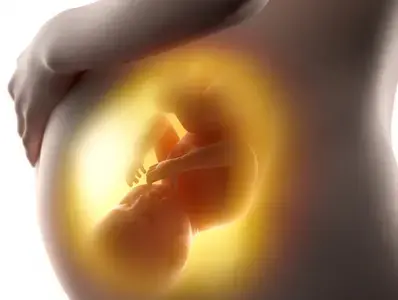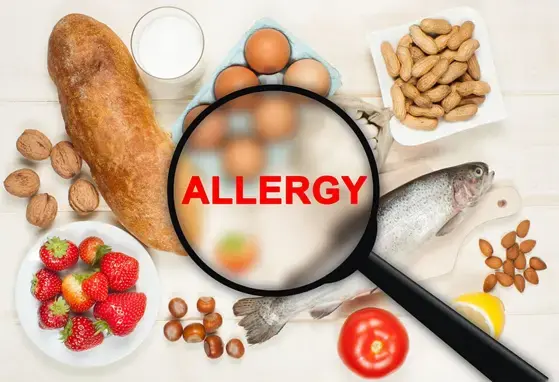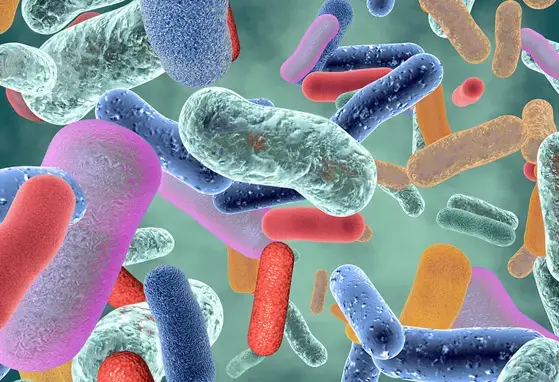Vitamin D concentration is associated with increased mortality in female nursing home residents

Vitamin D deficiency is high among institutional elderly patients and studies have shown low vitamin D levels may be associated with increased risk of mortality.
This Austrian study suggests that the majority of institutionalized female patients are vitamin D deficient during winter and that there was an inverse association of 25(OH)D and mortality.
- Method:
961 elderly female patients over the age of 70 years were recruited from nursing homes in Austria and the serum level of 25-hydroxy vitamin D [25(OH)D] was measured in February and March.
- Key findings:
- Median 25(OH)D concentration was 17.5 nmol/L and 93% had 25(OH)D levels below 50 nmol/L (recommended level).
- 284 patients died during a mean follow-up time of 27 ± 8 months.
- When adjusted for age, those with 25(OH)D lower than 14 nmol/L had 1.49 increased risk of mortality compared to those with 25(OH)D higher than 25.5 nmol/L.
- Conclusion:
The majority of institutionalized female patients are vitamin D deficient during winter, and 25(OH)D level is inversely associated with mortality.
WYE-EM-025-FEB-15
Reference
Pilz S, Dobnig H, Tomaschitz A, Kienreich K, Meinitzer A, Friedl C, Wagner D, Piswanger-Sölkner C, März W, Fahrleitner-Pammer A. Low 25-Hydroxyvitamin D Is Associated with Increased Mortality in Female Nursing Home Residents. J Clin Endocrinol Metab. 2012 Feb 8. [Epub ahead of print]. Link to PubMed
If you liked this post you may also like

[Guideline Summary] S3 guidelines on allergy prevention

[Literature library] Coronavirus Disease 2019 (COVID-19) mRNA-based vaccination and breastfeeding

![[Literature Library] Epitope-Specific Response of Human Milk sIgA in COVID-19 Recovered Women](/sites/default/files/styles/card_m_mobile/public/2021-07/205_COVID-opt.jpg.webp?itok=jNfgf4cf)
[Literature Library] Epitope-Specific Response of Human Milk sIgA in COVID-19 Recovered Women